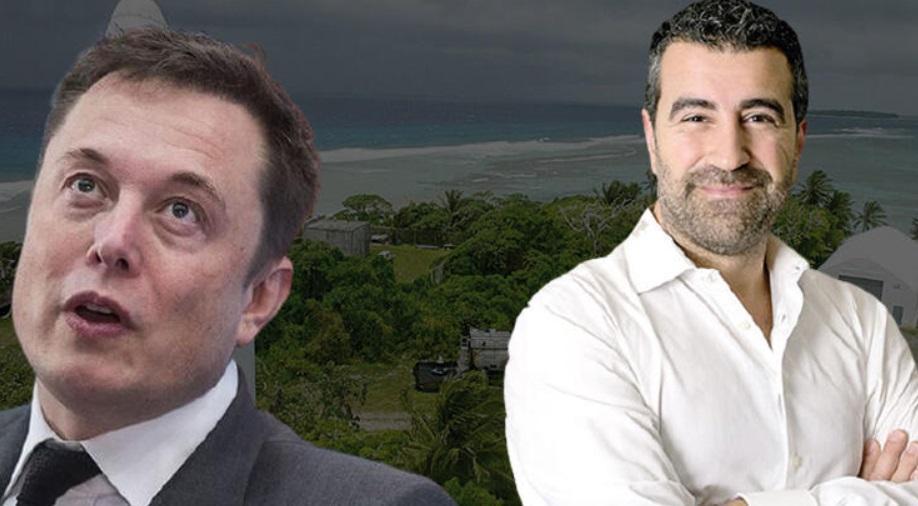
A Turkish engineer, who worked at American space transportation company SpaceX’s first rocket project Falcon-1, accused the company owner, billionaire tycoon Elon Musk of forcing them to work as “slaves.”
“We were left alone on an island. He [Elon Musk] made us work like slaves,” Bülent Altan said in a book called “Lift-off,” describing his early days in the company.
Altan, who worked at the construction of a launching pad and the Falcon-1 rocket on the tiny Omelek Island in the Pacific Ocean at the beginning of the 2000s, noted that Musk forced the engineers “for success.”
“In our first year on the island, there was a big problem with logistics. We faced delayed food deliveries to the island,” he said.
According to the Turkish engineer, in the fall of 2005, workers on the island “stood up and started a strike.”
“We all sat on the shore of the island like wild animals waiting for their prey,” he stated.
 “After a while, a plane, which could not land on the island, dropped frozen chicken wings and cigarettes, and we ran to collect them all,” he added.
“After a while, a plane, which could not land on the island, dropped frozen chicken wings and cigarettes, and we ran to collect them all,” he added.
The first test of Falcon-1 was unsuccessful; the rocket burst into flames and fell on the ocean, as said in the book written by Eric Berger.
In the second test in March 2007, the rocket reached space.
According to Altan, workers on the island received a rich cuisine full of good food and drinks only after the third test.
Meanwhile, SpaceX’s futuristic Starship exploded on a landing pad after a touchdown in Cape Canaveral, Florida, on March 3.
The Mars ship looked like it aced a touchdown but then exploded on a landing pad with so much force that it hurled into the air.
The failure occurred just minutes after SpaceX declared its success. Two previous test flights crash-landed in fireballs.
The full-scale prototype of Musk’s envisioned Mars ship soared more than 6 miles (10 kilometers) after lifting off from the southern tip of Texas on March 3. It descended horizontally over the Gulf of Mexico and then flipped upright just in time to land.
The shiny bullet-shaped rocketship remained intact this time at touchdown, prompting SpaceX commentator John Insprucker to declare, “third time’s a charm as the saying goes” before SpaceX ended its webcast of the test.
But then the Starship exploded and was tossed in the air before slamming down into the ground in flames.
There was no immediate comment from SpaceX on what went wrong. But Musk looked on the bright side in a tweet: “Starship 10 landed in one piece! RIP SN10, honorable discharge.”
“SpaceX team is doing great work! One day, the true measure of success will be that Starship flights are commonplace,” he added.
Musk plans to use Starships to send people to the moon and Mars.
The last two prototypes reached a similarly high altitude in December 2020 and February but slammed into the ground at Boca Chica, Texas, and exploded.
Each of these last three test flights lasted six and a half minutes.